Temples
Siddhivinayak Temple, Mumbai
The Siddhivinayak Temple, located in Mumbai, Maharashtra, is one of the most revered and popular temples dedicated to Lord Ganesha, the remover of obstacles and the god of beginnings in Hinduism. Here’s some information about the Siddhivinayak Temple:
Location
The Siddhivinayak Temple is situated in Prabhadevi area of Mumbai, Maharashtra, India.
History
The temple was originally built in the 18th century by a wealthy Hindu merchant named Laxman Vithu and his wife, Deubai Patil. The construction of the temple was completed in 1801. Over the years, the temple has undergone several renovations and expansions.
Deity
The presiding deity of the Siddhivinayak Temple is Lord Ganesha, also known as Siddhivinayak, which means “one who grants wishes” or “one who fulfills desires.”
Architecture
The temple features a distinctive six-storeyed gold-plated dome, which is a major architectural highlight. The idol of Lord Ganesha is made of black stone and is two and a half feet wide and two feet thick.
Significance
The temple is considered highly auspicious, and devotees from all over India visit it to seek the blessings of Lord Ganesha for success, prosperity, and the removal of obstacles in their lives.
Visiting Hours
The temple is open for darshan (viewing of the deity) every day. The timings may vary on special occasions and festivals. It is advisable to check the official website or local sources for updated timings before planning a visit.
Darshan Procedure
The temple follows a queue system for darshan, and devotees usually have to wait in line for their turn to see the deity. However, special VIP and paid darshan arrangements are also available for those who wish to skip the regular queue.
Festivals
The temple celebrates various festivals dedicated to Lord Ganesha with great fervor, including Ganesh Chaturthi, which is the birthday of Lord Ganesha and is celebrated with grand processions and rituals.
Facilities
The Siddhivinayak Temple complex includes facilities such as a Prasad counter, cloakroom, restrooms, and shops selling religious items and souvenirs.
Spiritual Atmosphere
The temple provides a serene and spiritually uplifting atmosphere, attracting not only devout Hindus but also tourists interested in experiencing the rich religious and cultural heritage of India.
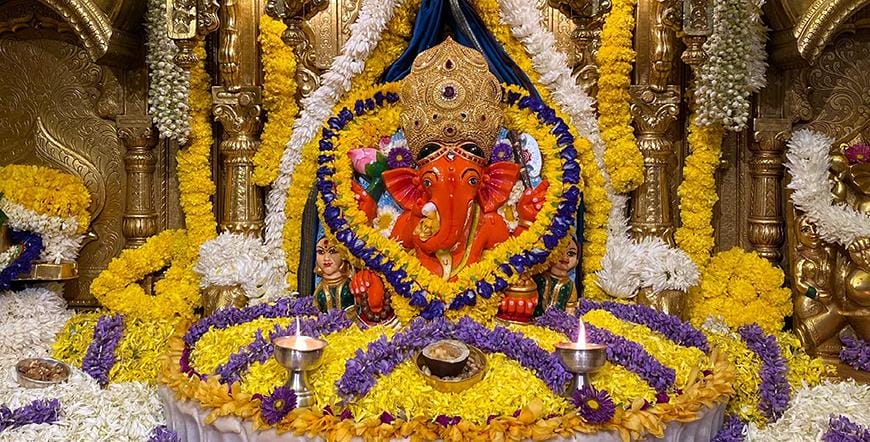
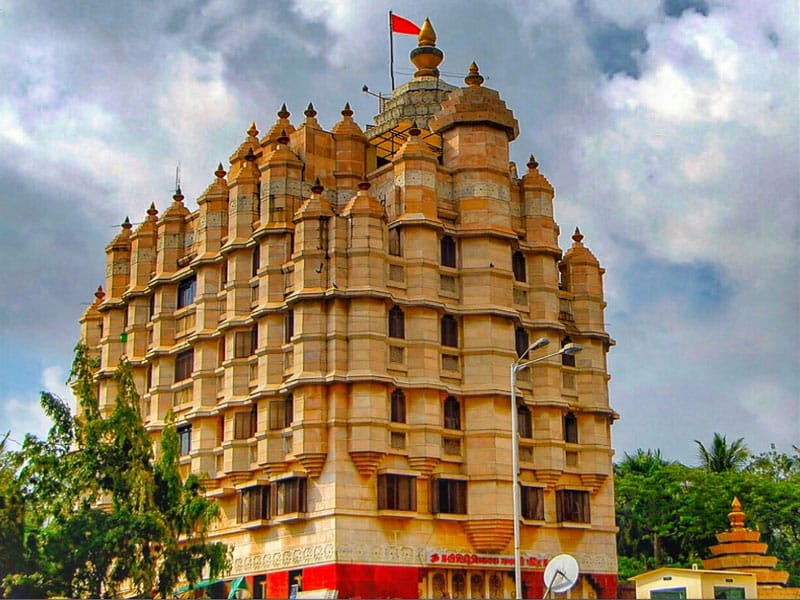
Shirdi Sai Baba Temple, Shirdi
The Shirdi Sai Baba Temple, located in Shirdi, Maharashtra, is a renowned pilgrimage site dedicated to the revered saint, Shirdi Sai Baba. Here’s some information about the temple:
Location
The Shirdi Sai Baba Temple is situated in the town of Shirdi in the Ahmednagar district of Maharashtra, India.
History
The temple is built on the site where Shirdi Sai Baba, a saint and spiritual master, spent a significant portion of his life. Sai Baba, who is revered by people of all faiths, lived in Shirdi during the late 19th and early 20th centuries. The temple was established after his mahasamadhi (passing away) in 1918.
Deity
The main deity of the Shirdi Sai Baba Temple is Shirdi Sai Baba himself. Devotees consider him as a saint, spiritual guide, and incarnation of the divine. His teachings emphasize love, compassion, forgiveness, and selfless service.
Architecture
The temple complex comprises the main shrine housing the samadhi (tomb) of Sai Baba, along with various other structures such as prayer halls, meditation rooms, administrative offices, and accommodation facilities for devotees.
Samadhi Mandir
The Samadhi Mandir, which enshrines the sacred tomb of Sai Baba, is the focal point of the temple complex. It is believed to be the spot where Sai Baba’s mortal remains were interred after his passing. The samadhi mandir is constructed with white marble and features a beautiful shrine adorned with ornate decorations and intricate carvings.
Visiting Hours
The Shirdi Sai Baba Temple is open for darshan (viewing of the deity) every day, from early morning until late evening. The temple receives a large number of devotees throughout the year, and special arrangements are made during festivals and auspicious occasions.
Darshan Procedure
Devotees typically wait in queues to have darshan of Sai Baba’s samadhi. The temple management has implemented various systems to ensure orderly and efficient darshan for devotees, including separate queues for men and women.
Festivals
The temple celebrates various festivals throughout the year, including the birth anniversary of Sai Baba (Sai Jayanti) and his mahasamadhi day. These festivals are marked by special prayers, bhajans (devotional songs), processions, and other religious and cultural activities.
Facilities
The temple complex provides various facilities for devotees, including accommodation, dining halls offering free meals (prasad), medical assistance, cloakrooms, and restrooms.
Spiritual Experience
Visiting the Shirdi Sai Baba Temple is believed to be a spiritually enriching experience for devotees, who come from different parts of the world to seek the blessings and guidance of Sai Baba.
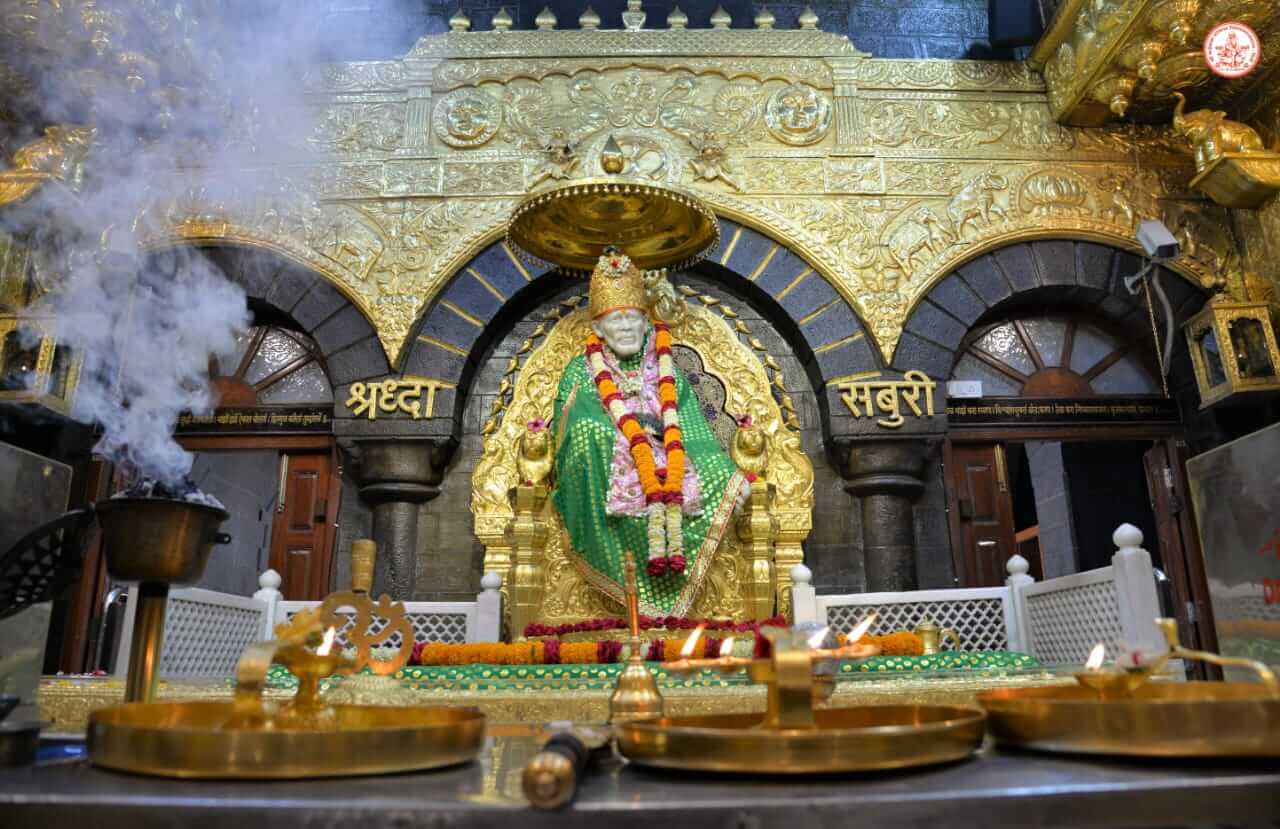
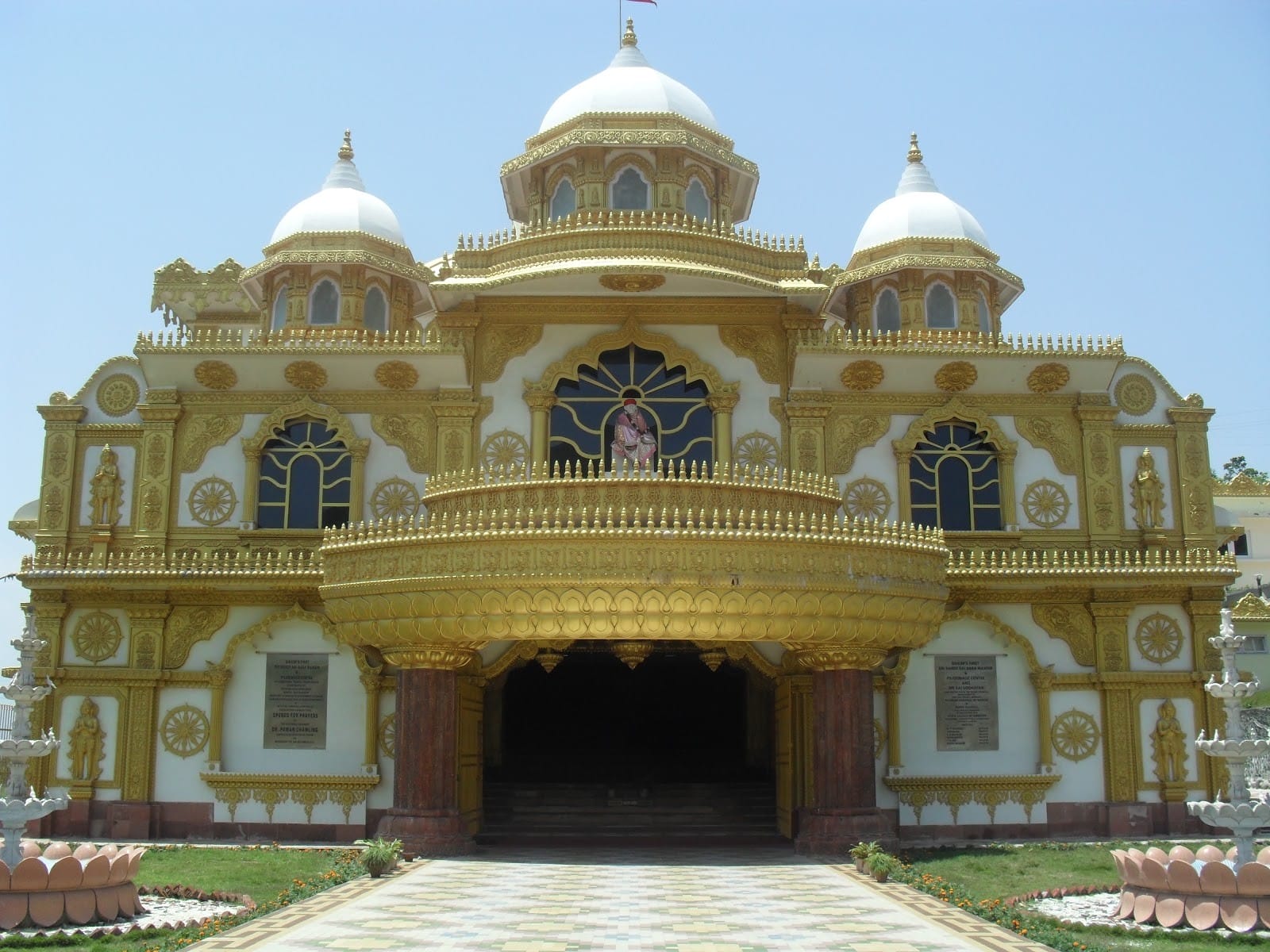
Bhimashankar Temple, Pune
The Bhimashankar Temple is a revered Hindu temple located in the Sahyadri range near Pune, Maharashtra. Here’s some information about the temple:
Location
The Bhimashankar Temple is situated in the village of Bhorgiri, in the Ghat region of the Sahyadri hills, around 50 km northwest of Pune city.
Deity
The main deity of the Bhimashankar Temple is Lord Shiva, worshipped in the form of Bhimashankar. The temple is one of the 12 Jyotirlingas (divine representations of Lord Shiva) in India, making it highly significant in Hindu mythology and pilgrimage.
History
The temple has a rich history dating back to ancient times. It is believed to have been built in the 13th century during the rule of the Yadava dynasty. The temple underwent renovations and additions over the centuries, contributing to its current architectural splendor.
Architecture
The Bhimashankar Temple features traditional Nagara style architecture commonly found in temples dedicated to Lord Shiva. The temple complex comprises the main shrine housing the lingam (symbolic representation of Lord Shiva), along with various other smaller shrines dedicated to other deities.
Bhimashankar Wildlife Sanctuary
The temple is located within the Bhimashankar Wildlife Sanctuary, which is known for its rich biodiversity and scenic beauty. The sanctuary is home to diverse flora and fauna, including the Indian giant squirrel (also known as Shekru), which is the state animal of Maharashtra.
Pilgrimage
The Bhimashankar Temple is a popular pilgrimage destination, especially for devotees of Lord Shiva. It is visited by thousands of devotees and tourists every year, particularly during festivals like Mahashivaratri, when special prayers and rituals are performed.
Trekking
The region around the Bhimashankar Temple offers opportunities for trekking and nature walks, allowing visitors to explore the surrounding hills, forests, and waterfalls. The trek to Bhimashankar is considered moderately challenging but rewarding due to the picturesque landscapes along the way.
Facilities
The temple complex provides various facilities for devotees and visitors, including accommodation, dining facilities, restrooms, and parking areas. Additionally, shops selling religious items, souvenirs, and offerings are also available near the temple premises.
Spiritual Significance
The Bhimashankar Temple holds immense spiritual significance for devotees, who believe that worshipping Lord Shiva at this sacred site can bestow blessings, fulfillment of wishes, and liberation from worldly sufferings.
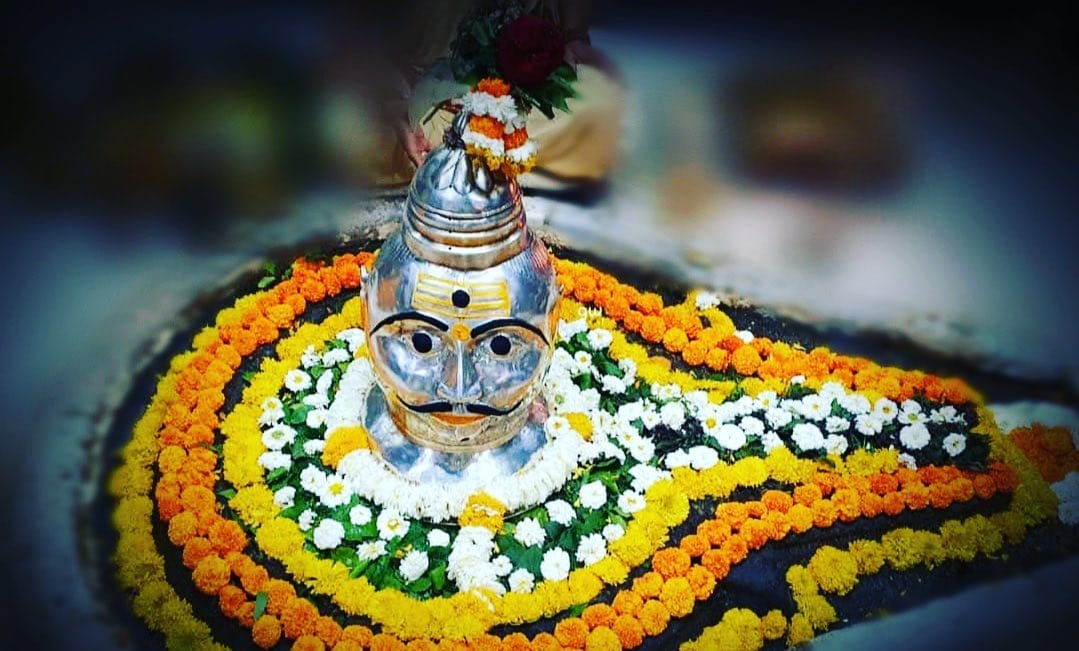
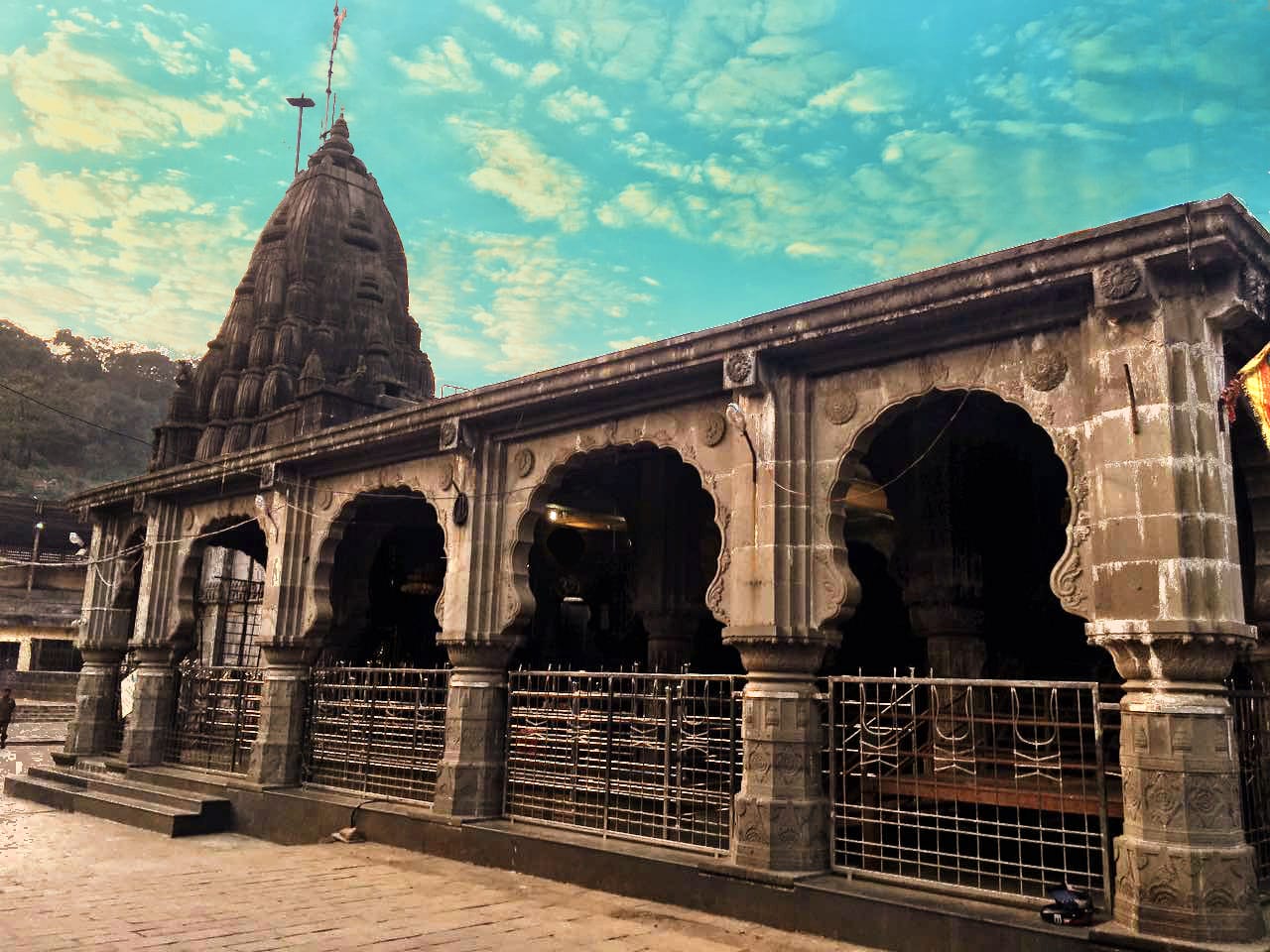
Trimbakeshwar Temple, Nashik
The Trimbakeshwar Temple is a prominent Hindu temple dedicated to Lord Shiva, located in the town of Trimbak near Nashik in Maharashtra, India. Here’s some information about the temple:
Location
Trimbakeshwar Temple is situated in the town of Trimbak, which is about 28 kilometers from Nashik city in Maharashtra.
Deity
The main deity of the Trimbakeshwar Temple is Lord Shiva, worshipped in the form of Trimbakeshwar or Trimbakeshvara. The temple is one of the 12 Jyotirlingas, representing the manifestation of Lord Shiva, and holds immense significance in Hindu mythology and pilgrimage.
Architecture
The temple showcases traditional Hindu temple architecture, featuring intricate carvings, sculptures, and ornate decorations. The temple complex comprises the main shrine housing the lingam (symbolic representation of Lord Shiva), along with various other smaller shrines dedicated to other deities.
Kushavarta Kund
One of the notable features of the Trimbakeshwar Temple is the Kushavarta Kund, a sacred pond located within the temple complex. Devotees believe that taking a dip in the holy waters of Kushavarta Kund can cleanse them of sins and bestow blessings and spiritual merit.
Spiritual Significance
The Trimbakeshwar Temple is considered highly auspicious by devotees, who visit the temple to seek the blessings of Lord Shiva for prosperity, happiness, and liberation from worldly sufferings. The temple receives a large number of pilgrims, particularly during festivals like Mahashivaratri and Shravan month.
Pujas and Rituals
Various pujas (rituals) and abhishekams (ceremonial baths) are performed at the temple throughout the day, allowing devotees to participate in worship and offer prayers to Lord Shiva. Special rituals are conducted on auspicious occasions and festival days.
Festivals
The Trimbakeshwar Temple celebrates various Hindu festivals with great fervor, including Mahashivaratri, Shravan Somvar (Mondays in the Hindu month of Shravan), and Kartik Purnima. These festivals are marked by special prayers, rituals, processions, and cultural events.
Facilities
The temple complex provides facilities for devotees and visitors, including accommodation, dining facilities, restrooms, and parking areas. Shops selling religious items, souvenirs, and offerings are also available near the temple premises.
Surrounding Attractions
The town of Trimbak and its surrounding areas are known for their scenic beauty and cultural heritage. Visitors can explore nearby attractions such as Brahmagiri Hill, Anjaneri Fort, and various other temples and historic sites.
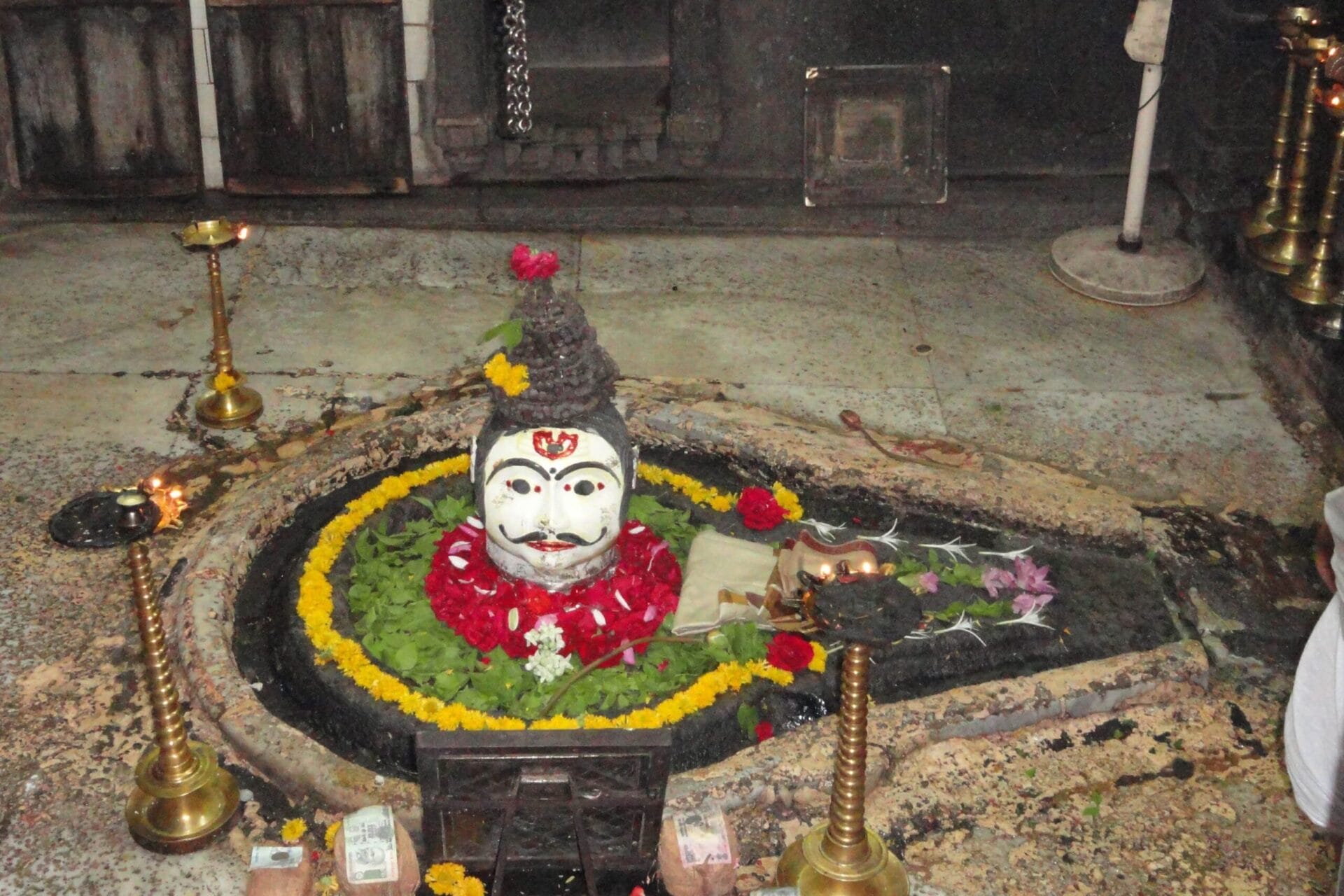
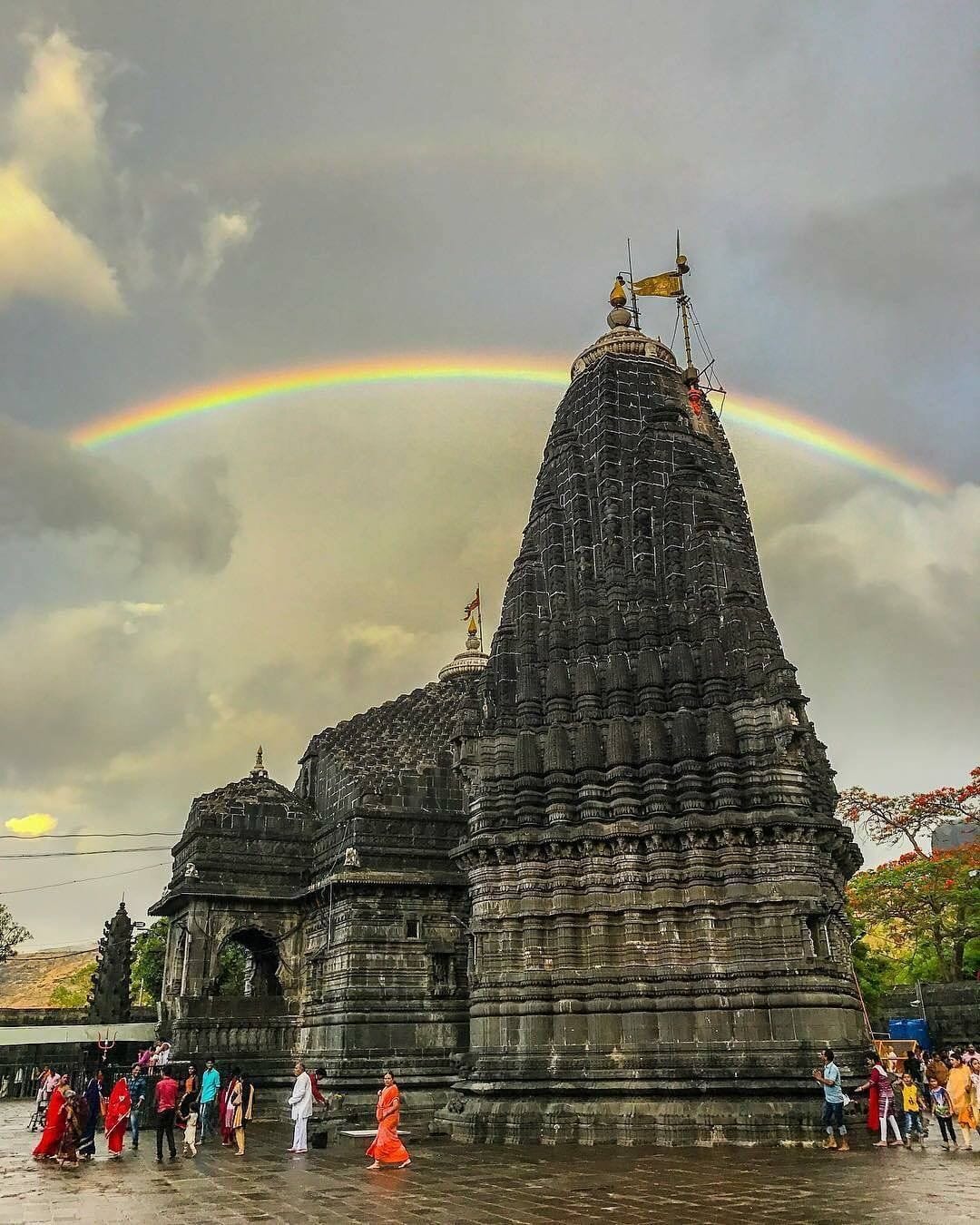
Mahalakshmi Temple, Kolhapur
The Mahalakshmi Temple is a renowned Hindu temple dedicated to Goddess Mahalakshmi, the goddess of wealth, prosperity, and fortune, located in the city of Kolhapur in Maharashtra, India. Here’s some information about the temple:
Location
The Mahalakshmi Temple is situated in the heart of Kolhapur city, on the banks of the Panchganga River, which is considered sacred in Hinduism.
Deity
The main deity of the Mahalakshmi Temple is Goddess Mahalakshmi, also known as Ambabai or Ambareshwari. She is worshipped in the form of a beautiful idol adorned with gold ornaments and jewels. The goddess is depicted seated on a stone lion with her four hands holding symbolic objects representing wealth, prosperity, and protection.
History
The Mahalakshmi Temple has a rich history dating back to several centuries. It is believed to have been originally built in the 7th century by the Chalukya dynasty and later renovated and expanded by various rulers and patrons over time. The temple underwent significant reconstruction during the reign of the Maratha king, Chhatrapati Shivaji Maharaj.
Architecture
The temple showcases traditional Hindu temple architecture, featuring a grand entrance (Mahadwara), towering spires (Shikharas), intricately carved pillars, and ornate decorations. The sanctum sanctorum houses the main idol of Goddess Mahalakshmi, surrounded by smaller shrines dedicated to other deities.
Spiritual Significance
The Mahalakshmi Temple is considered one of the Shakti Peethas, sacred sites associated with the goddess Shakti, where various parts of her body are believed to have fallen during the mythological event of Lord Shiva’s cosmic dance, the Tandava. Devotees visit the temple to seek the blessings of Goddess Mahalakshmi for wealth, prosperity, and overall well-being.
Pujas and Rituals
Daily pujas (rituals), abhishekams (ceremonial baths), and aartis (devotional prayers) are performed at the temple, attracting devotees and pilgrims throughout the day. Special pujas and festivals, such as Navaratri and Deepavali, are celebrated with grandeur and devotion.
Festivals
The Mahalakshmi Temple celebrates various Hindu festivals with enthusiasm and fervor, including Navaratri, Deepavali, and Akshaya Tritiya. These festivals are marked by special decorations, rituals, processions, and cultural performances.
Facilities
The temple complex provides facilities for devotees and visitors, including accommodation, dining halls offering free meals (prasad), restrooms, and parking areas. Shops selling religious items, souvenirs, and offerings are also available near the temple premises.
Surrounding Attractions
Kolhapur is known for its rich cultural heritage and historic sites. Visitors can explore nearby attractions such as the New Palace, Rankala Lake, and Jyotiba Temple, among others.
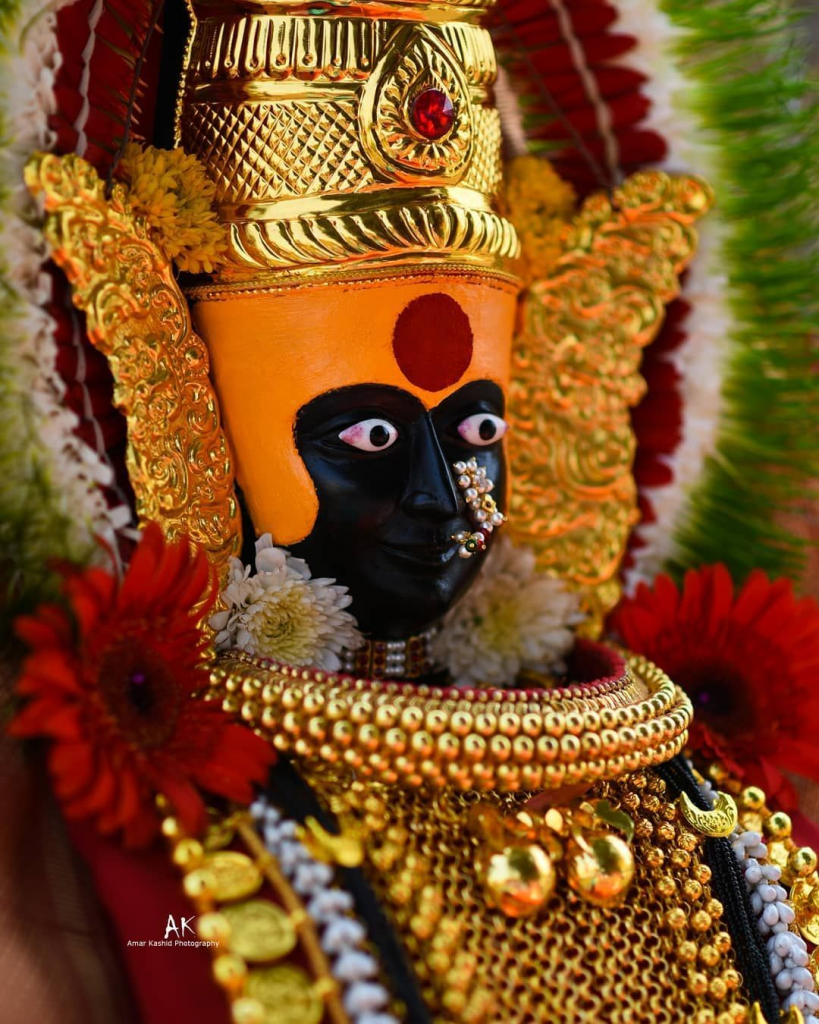
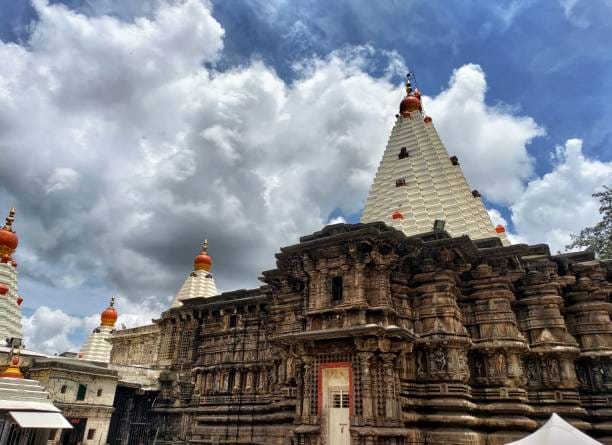
Vitthal Temple, Pandharpur
The Pandharpur Vitthal Temple, also known as the Vitthal Rukmini Temple, is a prominent Hindu temple dedicated to Lord Vitthal, a form of Lord Krishna, located in the town of Pandharpur in Solapur district, Maharashtra, India. Here’s some information about the temple:
Location
The Pandharpur Vitthal Temple is situated on the banks of the Chandrabhaga River in the town of Pandharpur, which is considered one of the most sacred pilgrimage sites in Maharashtra.
Deity
The main deity of the Pandharpur Vitthal Temple is Lord Vitthal, also known as Vithoba or Panduranga, who is worshipped as a manifestation of Lord Krishna. Lord Vitthal is depicted standing on a brick with his hands on his waist, adorned with a crown and various ornaments.
History
The Pandharpur Vitthal Temple has a long history dating back to several centuries. It is believed to have been originally built in the 12th century during the Yadava dynasty and later expanded and renovated by various rulers and patrons over time. The temple has undergone significant reconstruction and restoration efforts over the years.
Architecture
The temple showcases traditional Hindu temple architecture, featuring a simple yet elegant design with a spire (Shikhar) towering over the sanctum sanctorum housing the main idol of Lord Vitthal. The temple complex comprises various other shrines dedicated to different deities, along with courtyards, halls, and administrative buildings.
Pilgrimage
The Pandharpur Vitthal Temple is considered one of the most important pilgrimage sites for devotees of Lord Vitthal, who visit the temple from different parts of India, especially during the auspicious occasion of Ashadi Ekadashi (also known as Vitthal Ekadashi) and Kartik Ekadashi. The temple receives millions of pilgrims and devotees every year, who come to seek the blessings of Lord Vitthal.
Spiritual Significance
The Pandharpur Vitthal Temple holds immense spiritual significance for devotees, who believe that worshipping Lord Vitthal at this sacred site can bestow blessings, fulfillment of wishes, and liberation from the cycle of birth and death. The temple is also associated with various saints and devotees, including Sant Tukaram and Sant Dnyaneshwar.
Pujas and Rituals
Daily pujas (rituals), aartis (devotional prayers), and kirtans (devotional songs) are performed at the temple, attracting devotees and pilgrims throughout the day. Special rituals and festivals, such as Ashadi Ekadashi and Kartik Ekadashi, are celebrated with grandeur and devotion.
Facilities
The temple complex provides facilities for devotees and visitors, including accommodation, dining halls offering free meals (prasad), restrooms, and parking areas. Shops selling religious items, souvenirs, and offerings are also available near the temple premises.
The Pandharpur Vitthal Temple is not only a place of worship but also a symbol of faith, devotion, and cultural heritage, attracting devotees, tourists, and spiritual seekers alike to its sacred precincts and divine presence.
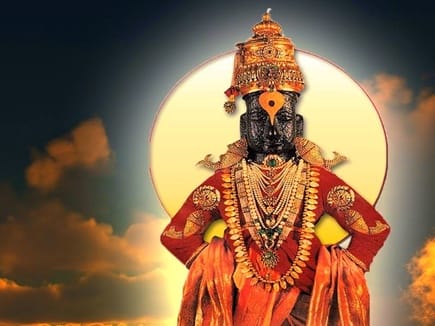
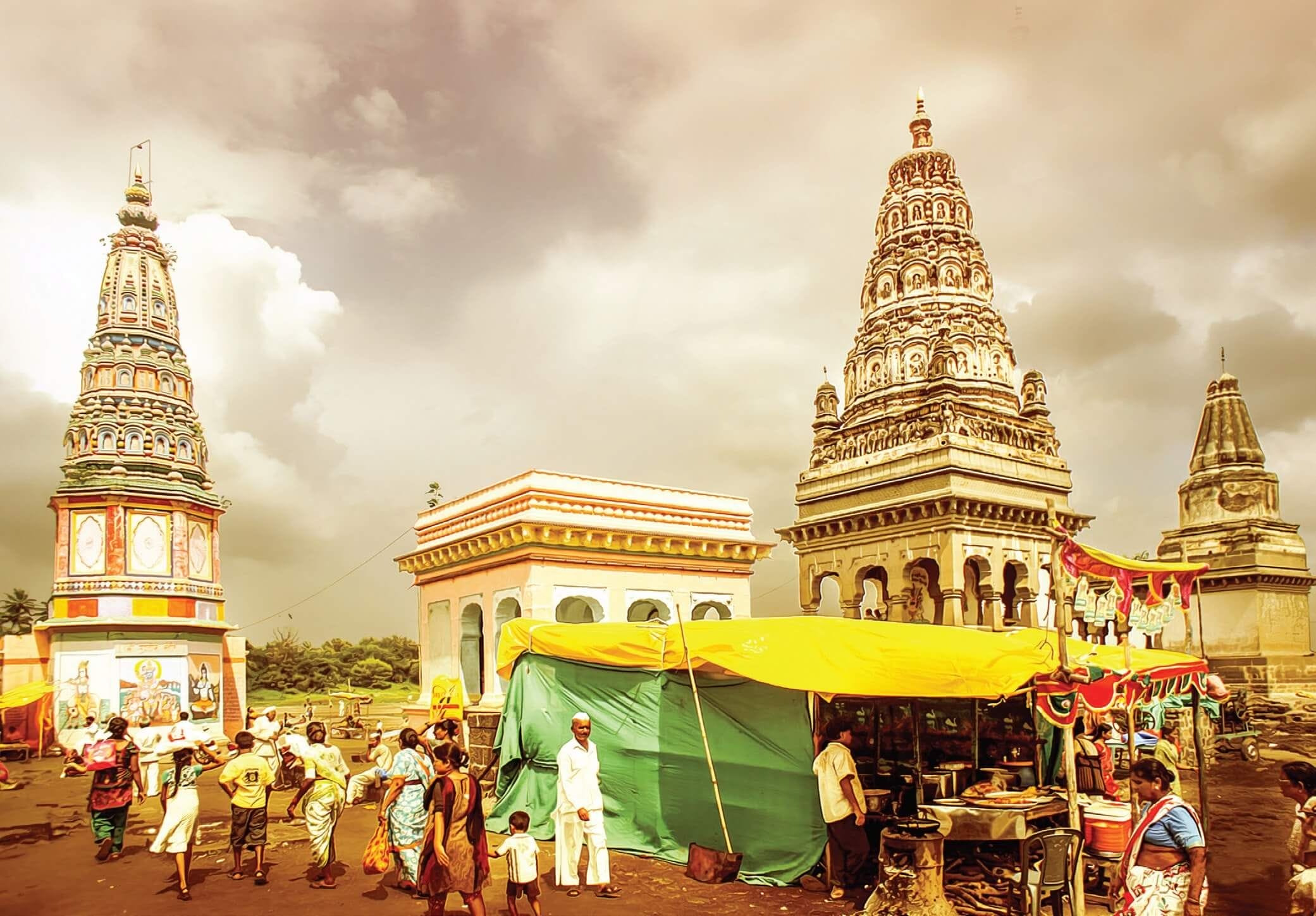
Tulja Bhavani Temple, Tuljapur
The Tulja Bhavani Temple, also known as the Tuljabhavani Mandir, is a revered Hindu temple dedicated to Goddess Bhavani, a form of Goddess Parvati, located in the town of Tuljapur in Osmanabad district, Maharashtra, India. Here’s some information about the temple:
Location
The Tulja Bhavani Temple is situated in the town of Tuljapur, which is located in the Marathwada region of Maharashtra, approximately 45 kilometers from Solapur city.
Deity
The main deity of the Tulja Bhavani Temple is Goddess Bhavani, also known as Tulja Bhavani or Turaja Bhavani. She is worshipped as a fierce form of Goddess Parvati, symbolizing courage, strength, and protection. The idol of Goddess Bhavani is depicted seated on a tiger, wielding various weapons in her multiple arms.
History
The Tulja Bhavani Temple has a rich history dating back to several centuries. It is believed to have been originally built in the 12th century during the Yadava dynasty and later renovated and expanded by various rulers and patrons over time. The temple has undergone significant reconstruction and restoration efforts over the years.
Architecture
The temple showcases traditional Hindu temple architecture, featuring a simple yet elegant design with a spire (Shikhar) towering over the sanctum sanctorum housing the main idol of Goddess Bhavani. The temple complex comprises various other shrines dedicated to different deities, along with courtyards, halls, and administrative buildings.
Pilgrimage
The Tulja Bhavani Temple is considered one of the most important pilgrimage sites for devotees of Goddess Bhavani, who visit the temple from different parts of India, especially during Navaratri and other auspicious occasions. The temple receives a large number of pilgrims and devotees every year, who come to seek the blessings of Goddess Bhavani.
Spiritual Significance
The Tulja Bhavani Temple holds immense spiritual significance for devotees, who believe that worshipping Goddess Bhavani at this sacred site can bestow blessings, protection, and fulfillment of wishes. The temple is also associated with various legends and miracles attributed to the goddess.
Pujas and Rituals
Daily pujas (rituals), aartis (devotional prayers), and kirtans (devotional songs) are performed at the temple, attracting devotees and pilgrims throughout the day. Special rituals and festivals, such as Navaratri and Dasara, are celebrated with grandeur and devotion.
Facilities
The temple complex provides facilities for devotees and visitors, including accommodation, dining halls offering free meals (prasad), restrooms, and parking areas. Shops selling religious items, souvenirs, and offerings are also available near the temple premises.

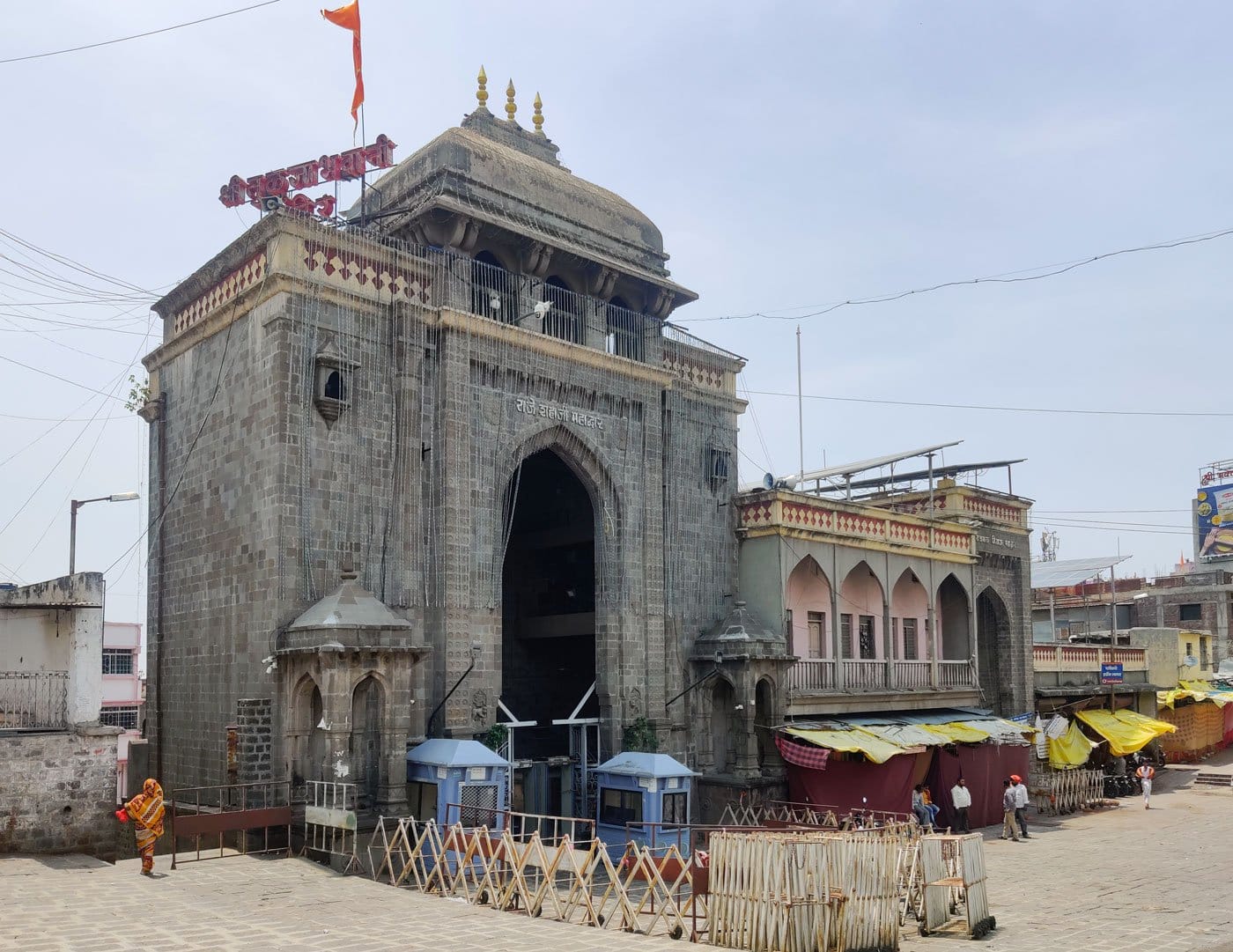
Dagdusheth Halwai Ganpati Temple, Pune
The Dagdusheth Halwai Ganpati Temple, located in Pune, Maharashtra, is one of the most famous and revered temples dedicated to Lord Ganesh. Here’s some information about the temple:
Location
The Dagdusheth Halwai Ganpati Temple is situated in the heart of Pune city, near the popular shopping area of Shaniwar Peth.
History
The temple was established by Shri Dagdusheth Halwai, a wealthy and philanthropic sweetmeat seller, in the late 19th century. He was a devout devotee of Lord Ganesh and built the temple as an expression of his devotion.
Deity
The main deity of the Dagdusheth Halwai Ganpati Temple is Lord Ganesh, worshipped in the form of Dagdusheth Ganpati. The idol of Lord Ganesh is adorned with gold and precious jewels, and it is believed to be one of the most auspicious and powerful representations of Lord Ganesh.
Architecture
The temple features traditional Hindu temple architecture with intricate carvings and decorations. The sanctum sanctorum houses the idol of Lord Ganesh, and the temple complex includes other shrines dedicated to various deities.
Significance
The Dagdusheth Halwai Ganpati Temple is highly significant for devotees of Lord Ganesh, who visit the temple to seek the blessings of the elephant-headed god for success, prosperity, and the removal of obstacles.
Ganesh Chaturthi
The temple is particularly renowned for its grand celebration of Ganesh Chaturthi, the birthday of Lord Ganesh. During this festival, the temple is adorned with elaborate decorations, and thousands of devotees throng to offer prayers and seek the blessings of Lord Ganesh.
Daily Pujas and Rituals
Daily pujas (rituals), aartis (devotional prayers), and offerings are performed at the temple, attracting devotees and visitors throughout the day. Special pujas and rituals are conducted on auspicious occasions and festival days.
Charitable Activities
The temple is involved in various charitable activities and social welfare initiatives, continuing the philanthropic legacy of its founder, Shri Dagdusheth Halwai. These activities include providing food, education, and medical assistance to the needy.
Facilities
The temple complex provides facilities for devotees and visitors, including accommodation, dining facilities offering free meals (prasad), restrooms, and parking areas. Shops selling religious items, souvenirs, and offerings are also available near the temple premises.
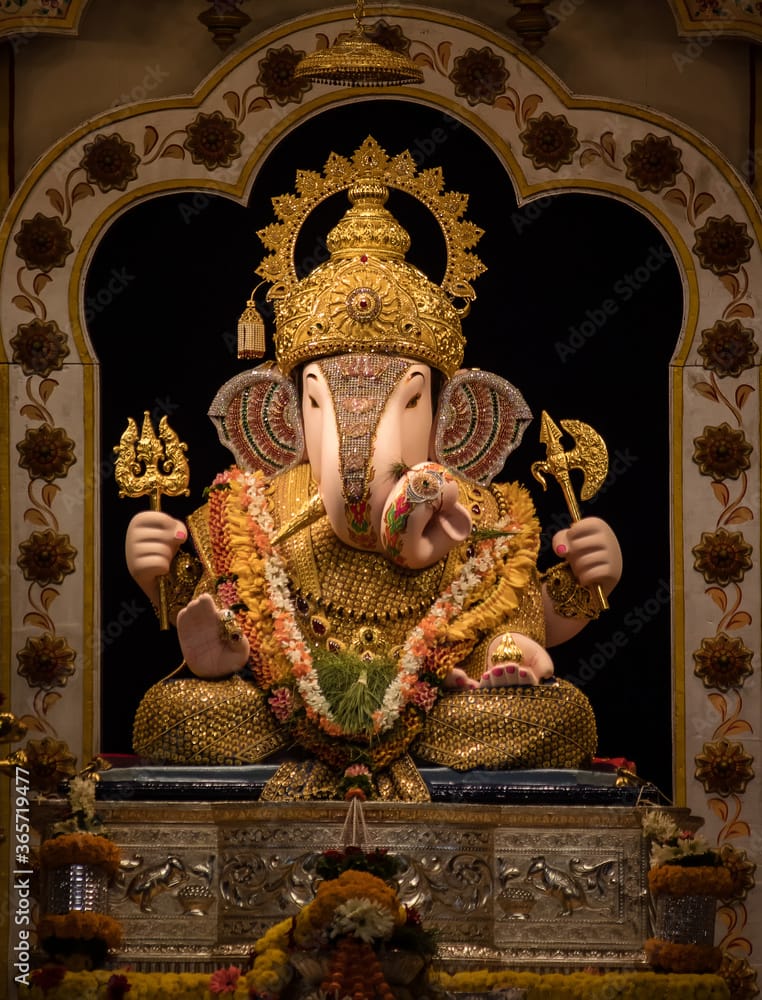

Shri Kshetra Jalicha Dev, Chakradhar Swami Yatra
Shri kshetra jalicha temple is an imporatant pilgrimage destination For the followers of mahanubhav panth as this palce is known for being a temporary residence of shri chakradhar swami yatra is celebrated every year in the month of January at buldhana . mahanubhav follower practice smarana ( which means remembrance) of the five incarnations of mahanubhav panth by visiting this pilgrimage site every day.

Sant gadge maharaj utsav
This utsav is celebrated every year at gadge maharaj Samadhi temple in the month of December in Amravati to mark the remembrance of the social work of gadge maharaj . the government of Maharashtra has started the sant gadge baba gram swachhata abhiyan project in this honour to popularize & promote cleanliness at village level. This programme awards prizes to villagers who maintain & promote cleanliness at their villages.

Hanuman jayanati utsav
Shri kshetra naresh hanuman temple is located at changapur village in Amravati district . it is very old and jagrut hanuman temple situated just 1 km on the Amravati walgaon road . every year , lots of devotees gather together to celebrate hanuman jayanti in the month of april and participate in mass reading of chalisa . this experience of intangible culture activity is eccentric.

Shri kshetra maa rudrayani devi
Shri rudrayani temple is a highly revered shrine located about 43 km from Akola district. Goddess durga is the presiding deity here. This temple is also known as rudrayani chincholi templr. This shrine is placed on a hill which is ideal for trekking . the temple enjoys a beautiful view and location around the hill. with little maintenance and improved infrastructure, the place can improve to be a good tourist spot especially for people with religious and recreational interests.

Kholeshwar temple
The kholeshwar temple is located in barshitakli town, llies 19 km from akola. This ancient stone temples boasts intricate carvings in certain sections. The significance of the self-emerged shivling within holds great importance for devotees. Notably, the temple distinctive attribute is the perpetual immersion of the shivling in a never drying water source. The tranquil ambience within the temple attracts many visitors from the town seeking peace and serenity.



